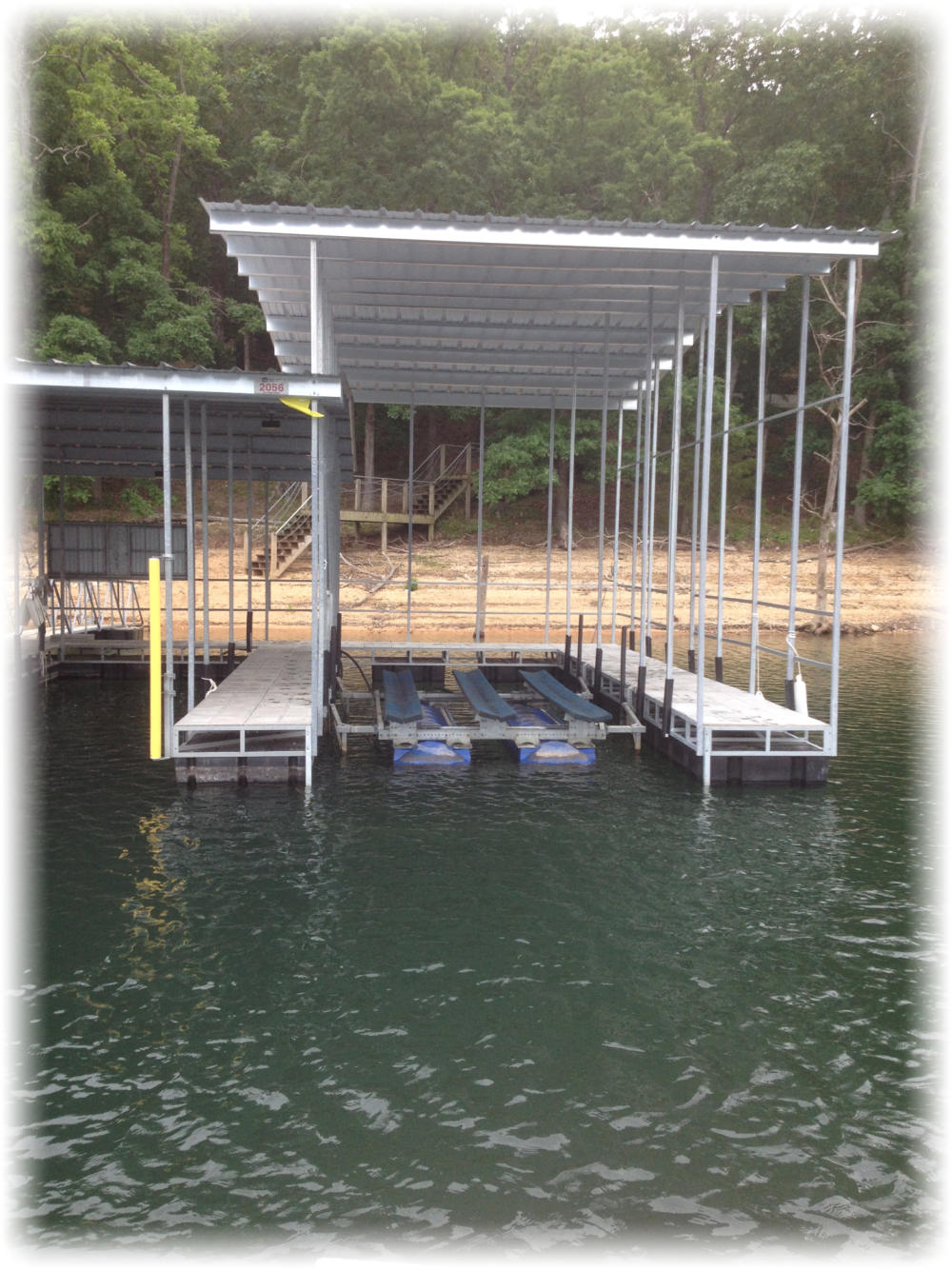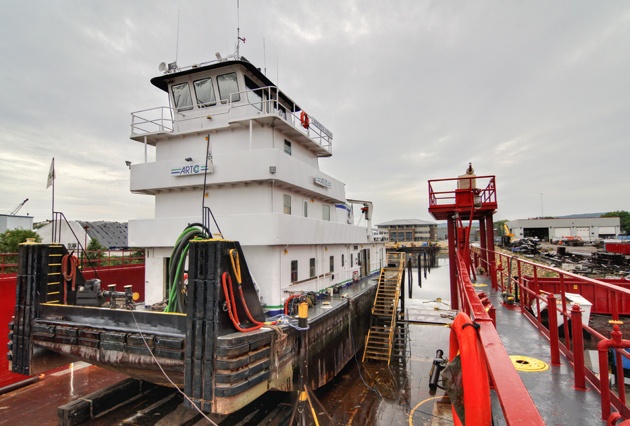Effective Dock Repair Techniques: Guaranteeing Structural Integrity
Guaranteeing the structural stability of anchors with reliable repair techniques is critical for the durability and security of marine facilities. This involves a multi-faceted strategy beginning with comprehensive assessments utilizing advanced innovations like finder tools and from another location ran vehicles (ROVs) to discover both noticeable and concealed damages. Consequently, selecting the ideal repair materials, such as corrosion-resistant alloys and composite materials, is vital for resilience. Structural reinforcement techniques, including the implementation of cross-bracing systems and load-distribution plates, play an important duty in mitigating stress points. The value of these methods comes to be noticeable when exploring innovative repair work approaches and preventative maintenance methods.
Analyzing Dock Damage
Analyzing dock damages is a vital very first action in making certain the architectural honesty and safety and security of any kind of docking center. Trick aspects to examine include the dock's foundation, pilings, decking, and hardware (Dock Repairs).
Architectural designers or certified inspectors typically do these analyses using specialized strategies and devices. For instance, undersea evaluations may employ sonar equipment or remotely operated automobiles (ROVs) to find immersed damage. Above water, aesthetic assessments are complemented by utilizing moisture meters and various other diagnostic devices to discover underlying problems not promptly noticeable to the nude eye.

Picking Fixing Materials
Picking the ideal repair work products is a pivotal step in the dock restoration process, one that straight influences the long life and efficiency of the repaired framework. Material selection should be driven by factors such as environmental conditions, load-bearing requirements, and compatibility with existing dock components. For circumstances, timber is a standard option for docks because of its natural durability and visual charm. Picking the ideal type of wood, such as pressure-treated lumber or normally rot-resistant varieties like cedar or teak wood, is vital to stand up to water atmospheres.
Along with timber, composite materials are increasingly popular due to their sturdiness and reduced upkeep requirements. Composites, commonly made from a blend of plastic and wood fibers, supply exceptional resistance to rot, pests, and UV damages. For metal docks, selecting corrosion-resistant alloys such as galvanized steel or marine-grade aluminum is necessary to protect against corrosion and make certain architectural integrity in saline water problems.
Epoxy materials and marine-grade sealants are essential for repairing cracks and sealing joints, providing a water resistant barrier and enhancing the dock's overall toughness. By thoroughly picking high-grade materials, dock repairs can attain resilient results, thereby safeguarding versus future deterioration and ensuring risk-free, dependable usage.
Structural Support Methods
Reliable architectural support methods are critical in guaranteeing the stability and longevity of dock repairs. This method is particularly reliable for anchors exposed to heavy loads or harsh environmental conditions.
An additional vital strategy is the application of fiber-reinforced polymers (FRP) These products use high strength-to-weight ratios and outstanding resistance to deterioration, making them suitable for strengthening wood or concrete docks. FRP can be applied in strips or sheets and adhered with epoxy materials to enhance architectural stability.
Bracing and securing systems likewise play an important role in architectural reinforcement. Cross-bracing, making use of metal or wood beam of lights, can counteract side forces, decreasing swaying and activity. Anchoring systems, such as helical piers or driven piles, supply a stable structure by transferring lots to much deeper, much more stable dirt layers.
Lastly, the assimilation of load-distribution plates can assist distribute weight a lot more uniformly across the dock's surface area, alleviating localized stress factors. These methods collectively make sure that click this link docks continue to be risk-free and robust, qualified of holding up against the roughness of their click here for more info functional atmosphere.
Advanced Repair Work Techniques

Another advanced method entails underwater welding, which enables for repairs to be conducted without the requirement to dewater the location. This method is especially useful for dealing with architectural concerns in immersed dock components, making sure marginal disturbance to operations. Enhanced welding methods, paired with robot systems, supply precision and dependability, thereby prolonging the life expectancy of the dock.
In addition, cathodic defense systems are implemented to avoid rust in metallic dock structures. By utilizing sacrificial anodes or satisfied current systems, these techniques successfully mitigate the electrochemical processes that cause product deterioration.
Lastly, advanced monitoring innovations, such as structural health surveillance (SHM) systems, provide real-time data on the problem of dock frameworks. These systems enable positive upkeep and timely treatments, ultimately guaranteeing the lasting structural honesty of the dock.
Upkeep and Prevention
Maintenance and avoidance are essential concepts that underpin the longevity and security of dock structures. Normal examinations are paramount, permitting early detection of wear and tear, possible weak points, and ecological effects. A positive method, involving regular look for rust, rot, and structural shifts, mitigates pricey repair work and prolongs the dock's functional life.
Precautionary measures should consist of applying protective coatings to steel parts to protect against corrosion and using cured timber to use this link resist degeneration. Additionally, guaranteeing proper drainage and air flow can avoid water build-up, which is a typical reason for architectural destruction. Including quality materials and sticking to supplier standards during construction and repair work stages likewise play vital roles in boosting durability.

Training personnel in dock maintenance best practices ensures consistent application of safety nets. Leveraging technological advances, such as drones for evaluations and sensors for real-time tracking, can additionally improve maintenance efforts. By prioritizing maintenance and avoidance, dock owners can ensure architectural stability, operational security, and affordable management over the dock's life-span.
Verdict
In final thought, maintaining the architectural integrity of aquatic facilities necessitates thorough dock repair service techniques. Advanced repair methods, paired with routine maintenance practices, make certain the dock continues to be functional and safe under varied ecological problems.
Making certain the structural integrity of anchors through effective repair work methods is paramount for the longevity and security of marine facilities.Choosing the ideal repair materials is a pivotal step in the dock restoration process, one that directly influences the longevity and performance of the fixed framework.Effective architectural reinforcement methods are vital in making certain the security and durability of dock repair services. By focusing on maintenance and prevention, dock proprietors can make certain architectural stability, operational safety, and cost-effective monitoring over the dock's life-span.
In final thought, keeping the architectural stability of marine facilities necessitates extensive dock repair techniques.